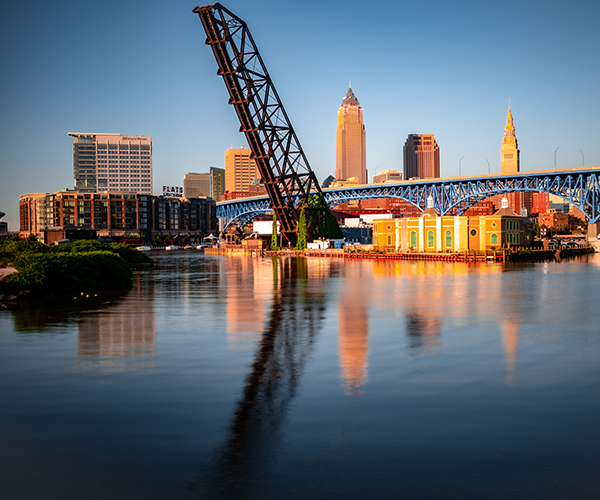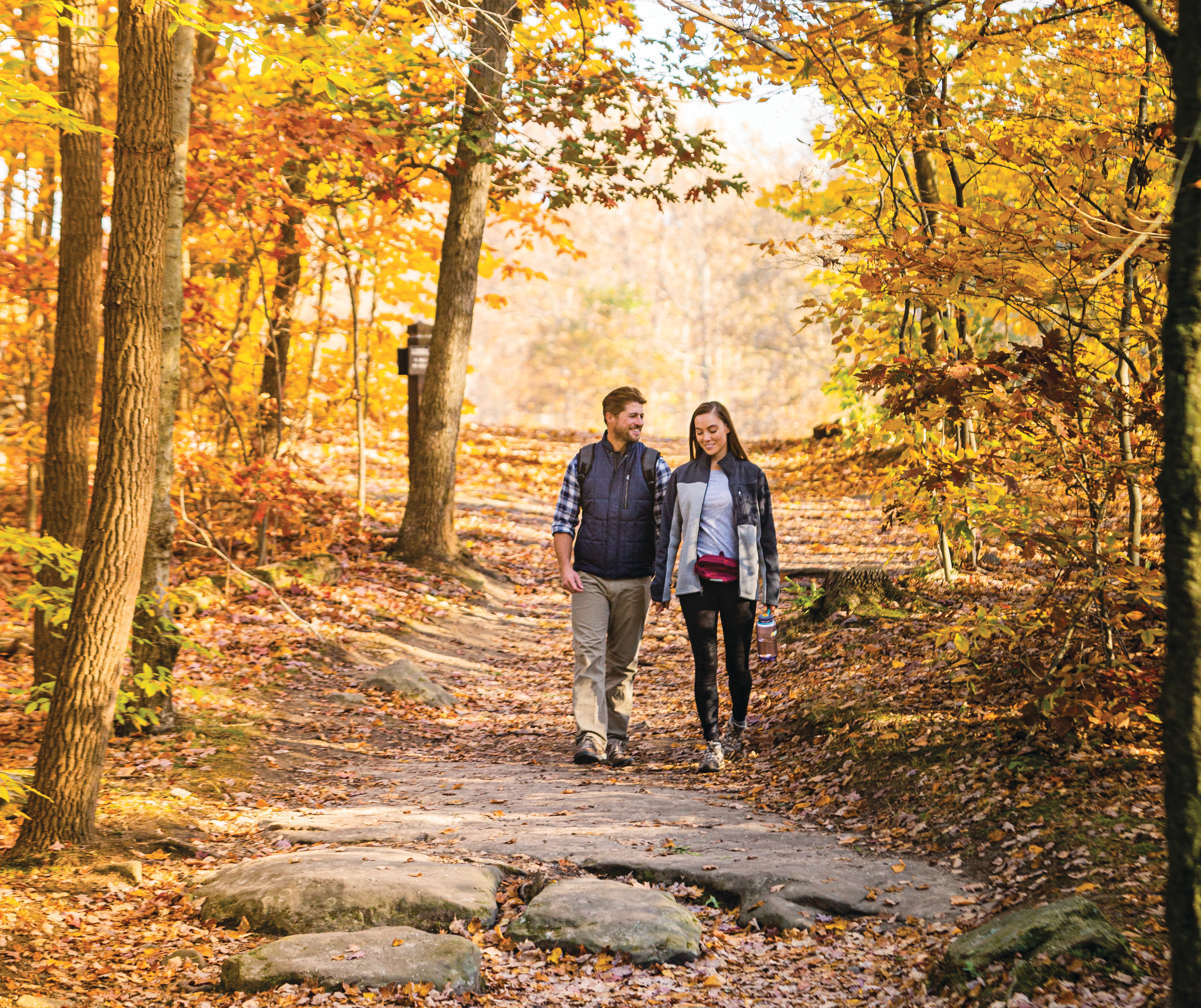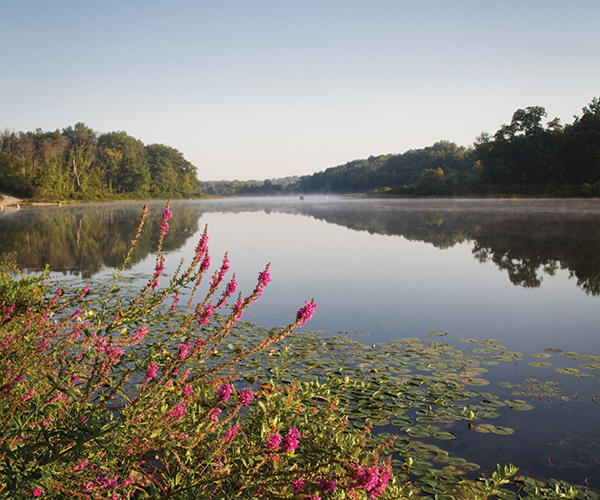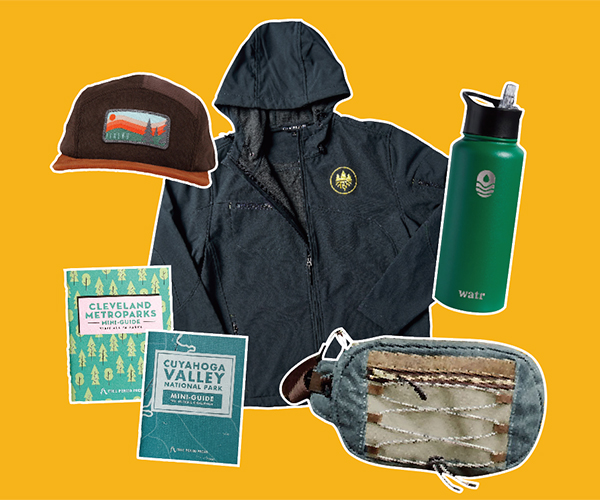I'm walking through the city park in Elkins, W.Va., on a warm Wednesday night, listening to the fiddle, banjo and guitar pickers who gather every week to play mountain music and the music that's grown from it.
As the sun sets and fireflies wink past, I wander from circle to circle. A blonde woman joins one group and sings the bluegrass classic "Rocky Top." Three guys across the park lean in together and harmonize on the gospel standard "Somebody Touched Me." A man under the picnic shelter stands to sing and play "Okie From Muskogee," Merle Haggard's stubborn anthem of small-town life, and friends fall in on their guitars and banjos.
|
If You Go Davenport House, R.R. 2, Box 184, Lewisburg, W.Va., (304) 645-1443. This friendly BandB is owned by Jeanne Christie, a former assistant manager at the luxurious Greenbrier Resort, and her husband Michael, whose still-life paintings and other art hang on the walls. The 1920s clapboard farmhouse is decorated mostly in French country style. Four guest rooms, $65 to $85.
The Greenbrier, 300 W. Main St., White Sulphur Springs, W.Va., 1-800-569-7251. If the $500-a-night Greenbrier, 10 miles from Lewisburg, is out of your price range, dress up a bit and eat at its Sam Snead's Golf Club restaurant, or stop by on a Wednesday or Sunday afternoon to tour the bunker built there during the Cold War to hide Congress in case of a nuclear attack.
Lost World Caverns, Fairview Road, Lewisburg, W.Va., 1-866-228-3778. Visit a world of huge stalactites and stalagmites beneath West Virginia's Greenbrier Valley. A light jacket and comfortable shoes are all you need for the 35-minute walking tour. |
I stopped for dinner at the Graceland Inn, an elegant mansion on campus, built as a summer home for a senator, with a grand staircase and 19th-century charm. Its Mingo Room restaurant includes a pillared wood veranda that overlooks the town. Augusta's popularity and West Virginia's beauty draw all sorts of people to Elkins: Two Asian couples engaged in animated conversation in their native language on my left, while a guy in a tie-dye ate to my right, near four leisurely chatting ladies in straw hats.
West Virginia seceded from Virginia and joined the Union midway through the Civil War, and it still can't decide if it's a Northern or Confederate state. I saw several Confederate flags during my trip, even more American flags, and sometimes both flown together. Soldiers in blue and gray face off on the sign for the 1863 Tavern, the restaurant in the Elkins Motor Lodge. Union troops beat Confederate forces in an 1861 battle south of Elkins, near the town of Beverly. Historical markers north of Beverly note that Union forces passed through, while the markers to the south brag that Robert E. Lee camped nearby.
U.S. 219 has borne a lot of names, including the Seneca Trail and the Skyline Tour. Native Americans used the route to travel from the St. Lawrence Seaway to Georgia through the Appalachian Mountains. Today, it's still a remote road that passes through tiny hamlets, just a few houses gathered around one store and maybe a church. You're as likely to pass a truck full of fresh-cut timber as another car.
I stopped in Beverly, the first and most historic town on the route, to see the Lemuel Chenoweth House. A chatty employee excitedly told me about Chenoweth, who built several covered bridges in West Virginia in the mid-1800s, and showed me the 19th-century antiques for sale. The narrow rooms and the house's sturdy brick and wood convey a sense of the loneliness of pioneer life along the old road — which made me eager to get back in the car and drive.
U.S. 219 rolls through the broad green Tygart Valley until the hamlet of Valley Head. Then it climbs into the wooded hills, its curves turn more intense and the Tygart Valley River dives over rocks and ducks back and forth under the road, rushing north. I stopped for lunch at Elihu's Restaurant and Pub at the junction of U.S. 219 and state Route 66, where fall travelers could head east to ride the Cass Scenic Railroad's color tour and skiers could turn to reach Snowshoe Mountain Resort in winter. I kept heading south.
Slatyfork, W.Va., the next town, is nothing but a post office, a green barn with a mannequin hanging from it as if the ladder at his foot is falling, and Sharpe's Old Country Store and Museum, a bizarre shop foreshadowed by rickety road signs. Sharpe's is full of rustic, eccentric charm and knows it. Its front is decorated with seashells, its window is full of decaying taxidermy, a sign inside brags that Robert E. Lee once ate there and an eagle shot in 1906 perpetually hangs in mid-swoop.
Dipping up and down hills with green arching overhead, I was having fun driving but hoped for striking views of the country around me. So I turned west onto state Route 150, part of the Highland Scenic Highway, which skims the crests of tree-covered mountains that reach as high as 4,500 feet. I stopped at every scenic overlook to gaze down at the Greenbrier Valley, a wide, hazy, green bowl.
You could spend a week's vacation here, exploring all the campgrounds and trails in this stretch of the Monongahela National Forest. I just walked two short trails, the quarter-mile Cranberry Glades Overlook on Route 150 and the Falls at Hills Creek trail west on state Route 39/55. Rushing water called as soon as I got out of the car at the falls. A 1,700-foot trail and hundreds of stairs weave down to the upper falls, which are outdone by the middle falls, a pair of water trails jumping over a ridge, which are in turn surpassed by the 63-foot lower falls — where I was mesmerized watching the water blur as it arced down, then crashed and scattered against the rocks, kicking up swirls of mist that shook the leaves on the nearby slope.
I doubled back east on 39/55, coasted out of the mountains back to U.S. 219, then headed south again, passing the birthplace of Nobel and Pulitzer Prize-winning author Pearl Buck. Before I got to Lewisburg, the end of my trip, 219 had a grand finale ready: miles of thrilling curves that whip back and forth as they drop down hills.
Lewisburg dates back to the 1830s, and has a lot going on for a town of its size, including several art galleries and two high-quality community theaters. ' ate West Virginia mountain trout at Lewisburg's General Lewis Inn, a quaint mansion built in 1834 and named after a Revolutionary War general. I visited Robert's Antiques, which houses American collectibles, hundreds of wines and freak-show horrors that'll make you think Edgar Allan Poe is alive and has gotten into the antiquing-and-musty-book biz. Robert's hearse with a skeleton inside and his museum of strange electrical devices and mannequins in pain got me into the right creeped-out mood for my last stop before hitting the freeway: the Lost World Caverns, a huge, chilly cave where bats flutter among the stalactites.
Trending
-
1
-
2
-
3
-
4
-
5










